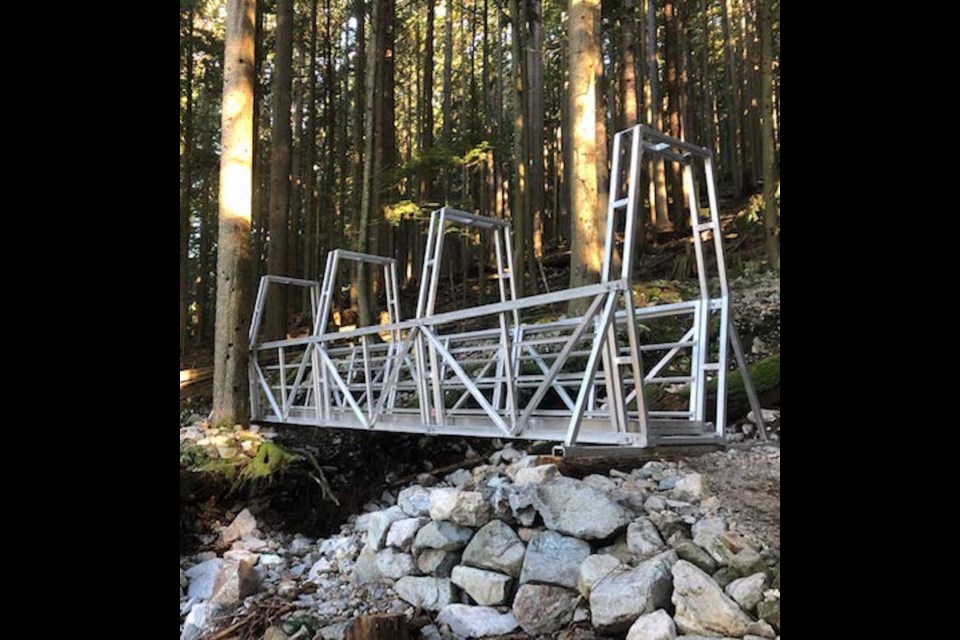Richard Till has spent his life building connections. He spent his “island life” childhood on Fair Isle, Scotland and Bardsey Island, Wales. His mother was a botanist and ornithologist; his father was a lighthouse keeper. One fondly remembered neighbour, the resident carpenter, passed on a life philosophy to build with what you have.
Richard had already worked on building three boats when he came to Canada in 1974 to work for the Dominion Bridge Company. He says, “After building a boat, everything else seems possible.” Boats and bridges have similar principles of design including compound curves, load-bearing capacities, and being hydrodynamic and aerodynamic.
“There are so many forces and factors involved, and [at the end] it has to accommodate human life,” he says.
Richard had served a four-year apprenticeship with British Steel before he left the UK and has been a metal trades instructor for decades.
He explored the Sunshine Coast in 1977, where he spent months welding on a tug, before making it his permanent home in 1995. That same year he joined Search and Rescue and is mentioned in Cathalynn Labonte-Smith’s book, Rescue Me.
On the rope team for Search and Rescue, a helicopter wasn’t always available, or practical for the situation. Richard wanted a portable, modular, emergency bridge that could be easily deployed in a crisis to get resources in, and evacuees out.
He collaborated with a friend who worked with the Greater Vancouver Regional District consulting and building bridges to establish several criteria: each segment should be light enough to need only two people to carry it, compact enough to fit on a standard pick-up truck, and simple enough to be assembled with basic tools.
He chose aluminum for his prototype, the Alpine II, as it is light, strong, doesn’t rust and doesn’t need to be repainted. It melts at a lower temperature than steel, which allows it to be smelted with hydroelectric power, rather than the unsustainable coal required for steel.
His model has a two-foot-wide deck, and eight-foot segments. It does not require anchoring or suspension to be deployed, but it can be tethered at one end for quick retrieval. The design consists of three main components and for stability to span larger gaps, there’s an additional roof truss. It can be assembled with a three-quarter inch wrench.
Although the design sounds narrow, it widens outwards at waist height to accommodate a variety of mobility device users, as well as wheeled and pedestrian traffic. Thousands of people have already tested and crossed the prototype bridge, which has been deployed on the popular Grouse Grind trail in North Vancouver.
While his primary focus is Search and Rescue and disaster relief, Richard is receptive to other uses for his bridge, including by Vancouver’s renowned film industry. The bridge has already featured as a stage-set piece.
Richard says he would love to see his bridges manufactured on the Sunshine Coast, but is not interested in building them himself. Since 2017, he has developed and tested the prototype, and been granted both a US (2021) and a Canadian patent. However, getting them into production is a young man’s game, which he is not.
In reflecting on bridges, Richard says that a bridge really symbolizes hope, “Reaching out to help people. To connect people. To get them up into the forest and provide greater access.”
Richard’s design might just be the path forward to deeper connections, and perhaps for refugees—“A bridge to a better life.”



